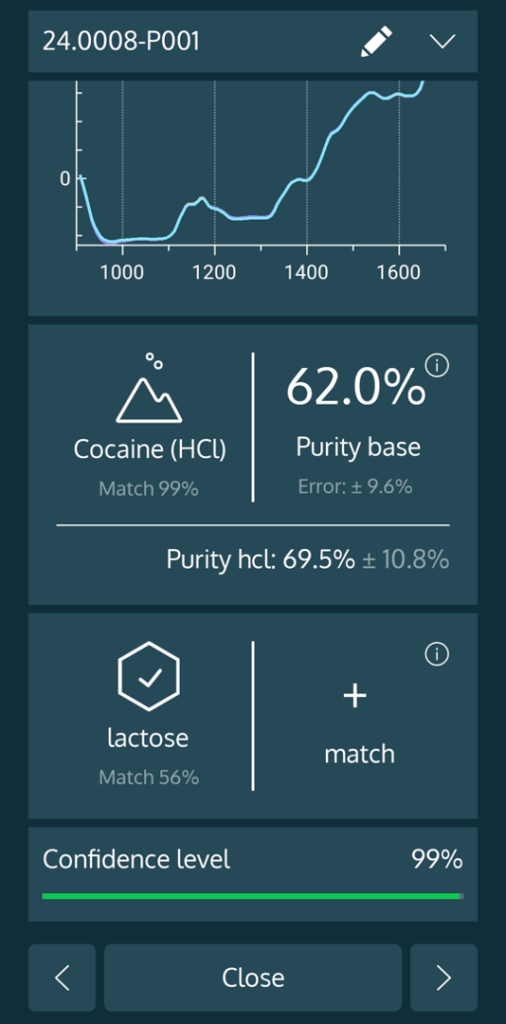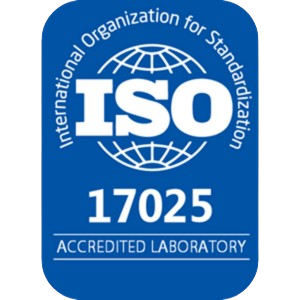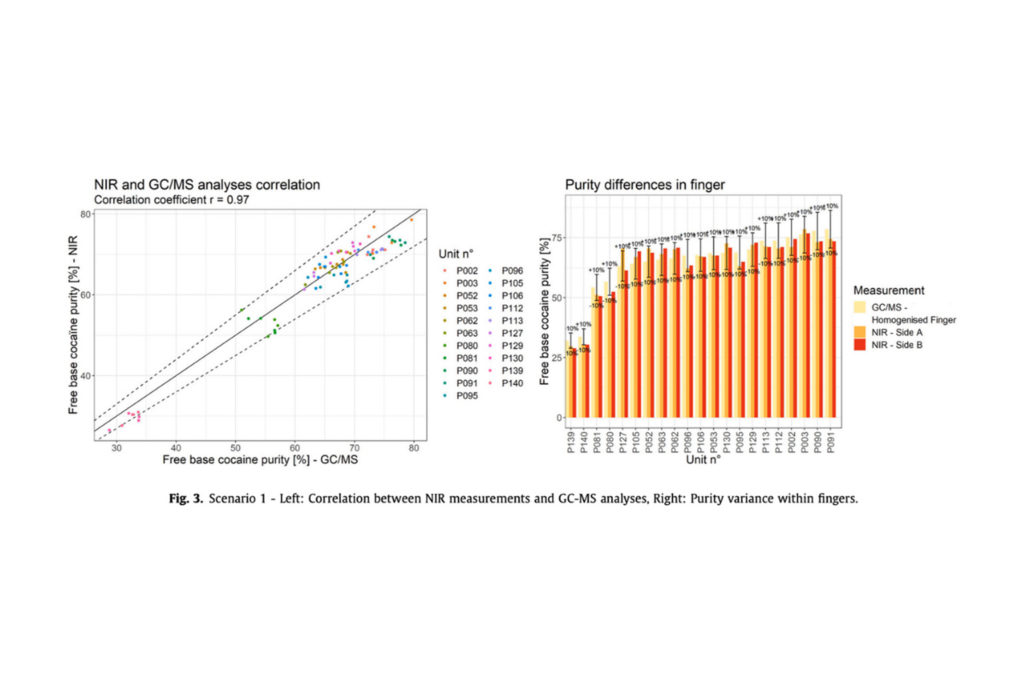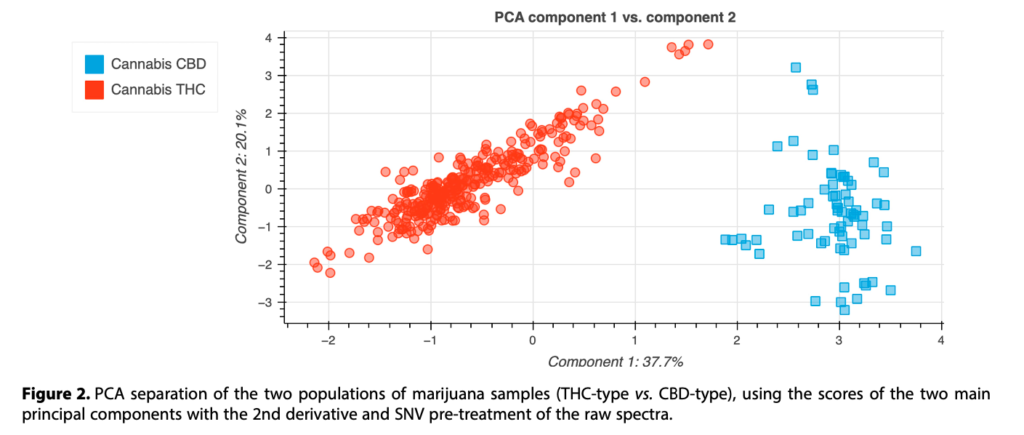
Cocaine, a potent stimulant derived from the leaves of the coca plant, has a long and controversial history. Its use spans centuries, from traditional applications in South American indigenous cultures to its modern-day status as a major public health concern due to its addictive properties and the illegal drug trade. Cocaine analysis, crucial for detecting and quantifying the substance, presents unique challenges and opportunities for scientific and law enforcement communities. This article delves into the complexities of cocaine, exploring the science behind it, the challenges in its detection, and the technological advancements that offer new solutions.
The Science of Cocaine
Cocaine, scientifically known as benzoylmethylecgonine, operates at the nexus of neuroscience and pharmacology, exerting profound effects on the brain’s intricate chemistry. This complex alkaloid disrupts the delicate balance of neurotransmitters, particularly dopamine, by impeding its reuptake process. The resulting surge in dopamine levels leads to intense sensations of euphoria and heightened arousal, driving the addictive cycle that characterizes cocaine abuse.
The molecular dance between cocaine and the brain’s receptors underscores the substance’s potent psychoactive properties. By binding to dopamine transporters and blocking their normal function, cocaine hijacks the brain’s reward system, reinforcing compulsive drug-seeking behavior. This neurobiological mechanism illuminates the underlying pathology of cocaine addiction and informs strategies for intervention and treatment.
Origins and Production
The story of cocaine unfolds against the backdrop of the Andean foothills, where the coca plant has thrived for millennia. Indigenous cultures in South America have long revered coca leaves for their medicinal and ritualistic significance, harnessing their stimulating properties for spiritual communion and physical endurance. However, the modern era has seen the transformation of this botanical treasure into a global commodity, driving the illicit trade that fuels addiction and violence.
The journey from coca leaf to cocaine powder traverses a labyrinth of clandestine laboratories and illicit supply chains, with production hubs concentrated in Colombia, Peru, and Bolivia. The process of extracting cocaine involves a sophisticated alchemy of chemicals and techniques, resulting in a potent stimulant prized for its euphoric effects. Yet, this lucrative industry exacts a heavy toll on the environment, communities, and individuals ensnared in its web.
Efforts to stem the flow of cocaine from its source to the streets have yielded mixed results, as criminal syndicates continue to innovate and adapt to enforcement measures. International cooperation and technological advancements have bolstered law enforcement’s arsenal in the war on drugs, but the allure of profit and power perpetuates the cycle of supply and demand. Meanwhile, marginalized communities bear the brunt of drug-related violence and social disintegration, underscoring the urgent need for holistic approaches to drug policy and public health.
Forms of Cocaine
The spectrum of cocaine’s manifestations encompasses various forms, each with its own unique characteristics, methods of administration, and associated health risks. Understanding these different forms provides insight into the diverse ways in which individuals interact with this potent stimulant.
- Powder Cocaine: Powder cocaine, also known as “coke” or “blow,” is perhaps the most recognizable form of the drug. It typically presents as a fine, white crystalline powder, derived from the processing of coca leaves. Powder cocaine can be ingested orally, although this method is less common due to its slower onset of effects and lower bioavailability. More frequently, powder cocaine is insufflated, or snorted, through the nasal passages, where it is rapidly absorbed into the bloodstream through the mucous membranes. Some individuals may also dissolve powder cocaine in water and inject it intravenously, seeking a more immediate and intense high. However, this method carries additional risks of infection, vein damage, and overdose.
- Crack Cocaine: Crack cocaine represents a potent and highly addictive form of the drug, characterized by its crystalline structure and smokable composition. Produced by chemically processing powdered cocaine with baking soda or ammonia, crack cocaine forms small, hard rocks or “rocks” that can be heated and smoked. Smoking crack cocaine delivers an almost instantaneous and intensely euphoric high, making it a preferred method of use for many individuals seeking rapid gratification. However, the rapid onset of effects also increases the risk of addiction, overdose, and cardiovascular complications. Furthermore, the act of smoking crack cocaine exposes the respiratory system to harmful toxins and can lead to respiratory distress and lung damage over time.
- Cocaine Paste: Less commonly encountered outside of producing regions, cocaine paste represents an intermediate stage in the cocaine extraction process. Also known as “base” or “paco,” cocaine paste is a crude form of the drug that retains impurities and by-products from the extraction process. Despite its lower purity and potency compared to powdered cocaine or crack cocaine, cocaine paste is still abused, particularly in countries where coca cultivation and cocaine production are prevalent. Users may smoke or inject cocaine paste, seeking its stimulating and euphoric effects. However, the impurities present in cocaine paste pose additional health risks, including toxicity, infection, and organ damage.
Implications of Different Cocaine Forms
The method of cocaine use significantly affects its health risks and social implications. Snorting can damage nasal tissues, while smoking crack cocaine has been linked to severe lung damage. Injection use carries risks of infectious diseases, and even oral use, though less common, can cause significant harm.
Each form of cocaine presents unique health risks, from respiratory problems associated with smoking to the increased risk of HIV and hepatitis from needle sharing. The societal impact of cocaine use is profound, contributing to crime, family breakdown, and economic costs associated with healthcare and law enforcement.
Challenges in Cocaine Detection
Detecting cocaine in various matrices, such as biological or environmental samples, presents multifaceted challenges intensified by the presence of adulterants and the limitations of traditional analytical methods. Adulterants, substances added to cocaine to increase its bulk or alter its effects, can confound detection efforts by masking or mimicking the presence of the drug. Additionally, the sensitivity and specificity required for accurate cocaine detection often necessitate sophisticated equipment and labor-intensive laboratory analysis, limiting the feasibility of routine screening in many settings.
Technological Advances in Cocaine Detection
Recent technological innovations, particularly in near-infrared (NIR) spectroscopy, offer promising solutions to the challenges of cocaine detection. NIR technology leverages the unique absorption patterns of molecules to identify substances quickly and non-destructively. Unlike traditional methods, NIR spectroscopy allows for rapid analysis without direct contact with the sample, making it well-suited for field applications and high-throughput screening. Furthermore, NIR instruments are becoming increasingly portable and user-friendly, facilitating their adoption by law enforcement agencies, border control authorities, and forensic laboratories.
Case Study: The Role of NIR in Cocaine Analysis
The potential of Near-Infrared (NIR) spectroscopy in the realm of cocaine analysis represents a significant advancement in combating drug trafficking and abuse. This technology enables the development of portable devices that empower frontline personnel with rapid and accurate identification and quantification of cocaine. Such devices provide real-time analysis capabilities, crucial for law enforcement officers and forensic scientists in making informed decisions across diverse operational scenarios. The commitment to leveraging NIR technology for innovative solutions highlights a transformative approach in addressing the challenges of cocaine trafficking and abuse globally. Through collaboration and continuous innovation, the application of NIR technology stands as a key player in the ongoing efforts to enhance public safety and counteract the pervasive issue of drug trafficking.

Displayed on the left is an image captured from our narcotics analysis application, showcasing the utilization of our mobile near-infrared spectrometer. In this particular case, a sample of cocaine base, containing a purity level of 62% and cutted with lactose, was subject to analysis. This application of near-infrared technology not only facilitates the detection of cocaine but also accurately measures its purity level.
To delve deeper into the cutting agents and precursors used in cocaine production, please check our blog on “The Hidden Dangers: Cutting Agents in Cocaine“
ISO 17025 Accreditation and Its Significance

The recent accreditation of the Forensic Laboratory of the University of Lausanne to ISO 17025 standards for cocaine analysis using NIRLAB technology represents a significant milestone in the field of forensic science. ISO 17025 accreditation signifies adherence to rigorous quality management practices and demonstrates the reliability and accuracy of FLUL’s analytical methods. By achieving this accreditation, the the Forensic Laboratory of the UNIL has set a new benchmark for excellence in cocaine detection, providing assurance to stakeholders and bolstering confidence in the reliability of NIRLAB’s devices. This recognition highlights the transformative potential of NIR technology in enhancing forensic capabilities and advancing the goals of justice and public safety.
The Importance of Field Analysis Solutions
Field analysis solutions are pivotal in addressing the challenges of cocaine detection, especially in environments where traditional laboratory methods are impractical. These portable devices enable swift on-site analysis, empowering law enforcement, border control, and public health officials to respond effectively to suspected cases of cocaine trafficking and abuse.
By providing real-time results, field analysis solutions facilitate immediate decision-making and intervention strategies, particularly in remote or resource-limited settings. Moreover, they enhance operational efficiency by reducing reliance on centralized laboratories and streamlining detection efforts. The integration of field analysis solutions into drug enforcement strategies acts as a deterrent to traffickers and illicit manufacturers, contributing to the broader goal of reducing drug availability and societal harm. In summary, investing in innovative field analysis solutions strengthens our capacity to combat cocaine trafficking and protect public health and safety.
Summary and Conclusion: The Future of Cocaine Analysis with NIRLAB
In summary, cocaine analysis navigates a complex landscape marked by historical significance, societal impact, and scientific challenge. The evolution from its traditional uses to a major public health concern underscores the necessity for advanced detection and analysis methods. Despite the hurdles posed by cocaine’s varied forms and the intricacies of its detection, technological advancements such as near-infrared (NIR) spectroscopy present new opportunities for progress.
The development of portable NIR devices for field analysis, exemplified by NIRLAB’s pioneering work, offers a significant leap in combating cocaine trafficking and abuse. The ISO 17025 accreditation of NIRLAB’s methods further underscores the reliability and effectiveness of these innovative approaches. As we move forward, the integration of technology, international cooperation, and comprehensive strategies will be crucial in addressing the challenges of cocaine use and ensuring a healthier future.
To delve further into the world of spectroscopy and discover the full capabilities of NIRLAB’s technology, we invite you to explore our other insightful articles, here. For personalized inquiries, reach out to us at contact@nirlab.com.
NIRLAB // Just Truth


